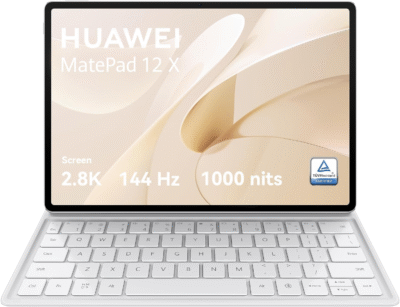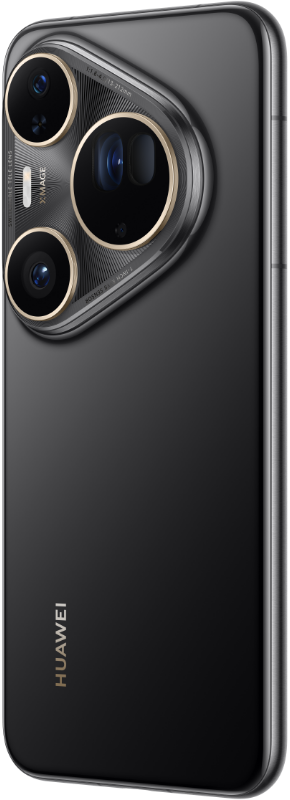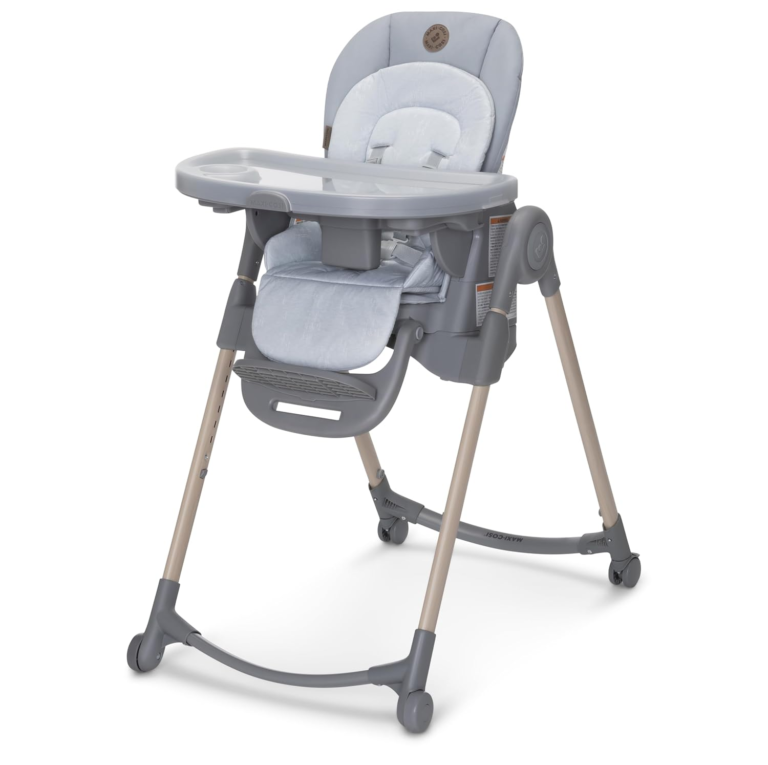
Why You Can’t Easily Buy a Huawei Tablet in the U.S.
In most countries, Huawei devices are a common sight. You can walk into any major tech retailer and find their latest smartphones, laptops, and, yes, their sleek and powerful tablets proudly on display. But across the Pacific, in the United States, the story is strikingly different. While you might occasionally stumble upon older models through third-party sellers, the newest and most compelling Huawei tablets are conspicuously absent from major retailers.
So, what’s the deal? Why can’t U.S. consumers easily get their hands on these devices that are readily available in many other parts of the world? The answer, in short, lies in a complex web of trade restrictions and national security concerns.
Let’s break it down:
The Heart of the Matter: U.S. Government Sanctions
The primary reason for the limited availability of Huawei tablets (and other Huawei products) in the U.S. stems from a series of actions taken by the U.S. government, particularly starting in 2019. These actions were largely driven by concerns that Huawei’s technology could pose a national security risk, alleging potential ties to the Chinese government and the possibility of espionage.
Key events that led to this situation include:
- The National Defense Authorization Act (NDAA) of 2019: This act restricted U.S. government agencies and their contractors from using Huawei equipment.
- Placement on the Entity List: In May 2019, the U.S. Department of Commerce placed Huawei on its “Entity List.” This effectively barred U.S. companies from doing business with Huawei without specific government licenses. This had a significant impact on Huawei’s ability to source crucial components and software, most notably Google Mobile Services (GMS).
The Google Factor: A Major Hurdle
One of the most significant consequences of the Entity List placement is Huawei’s inability to pre-install Google Mobile Services (GMS) on its new devices. GMS includes essential apps and services like the Google Play Store, Gmail, YouTube, and Google Maps, which are deeply ingrained in the mobile experience for many U.S. consumers.
Without GMS, Huawei has developed its own operating system, HarmonyOS, and its own app ecosystem, AppGallery. While AppGallery is growing and offers many popular apps, the absence of native Google apps and the potential incompatibility with certain Android apps remain a significant deterrent for many U.S. buyers.
Limited Retail Presence
Given the government restrictions and the lack of GMS, major U.S. retailers are understandably hesitant to stock and promote Huawei tablets. The demand would likely be lower due to the software limitations, and the political climate adds another layer of complexity. This creates a cycle where the lack of availability further dampens any potential consumer interest.
Can You Still Buy a Huawei Tablet in the U.S.?
While it’s not straightforward, you might find older Huawei tablet models or devices sold through smaller, less conventional channels. However, these often come with caveats:
- No official warranty or support in the U.S.
- Potential software limitations (especially on newer models without GMS workarounds).
- Higher prices due to import costs and limited availability.
The Future Outlook
The future of Huawei tablets in the U.S. market remains uncertain. As long as the current trade restrictions are in place, it’s unlikely that we’ll see a widespread return of Huawei’s latest devices to American store shelves.
For consumers in the U.S. who are interested in Huawei’s innovative tablet technology, they might need to look towards international markets or explore alternative brands that are readily available within the country.





